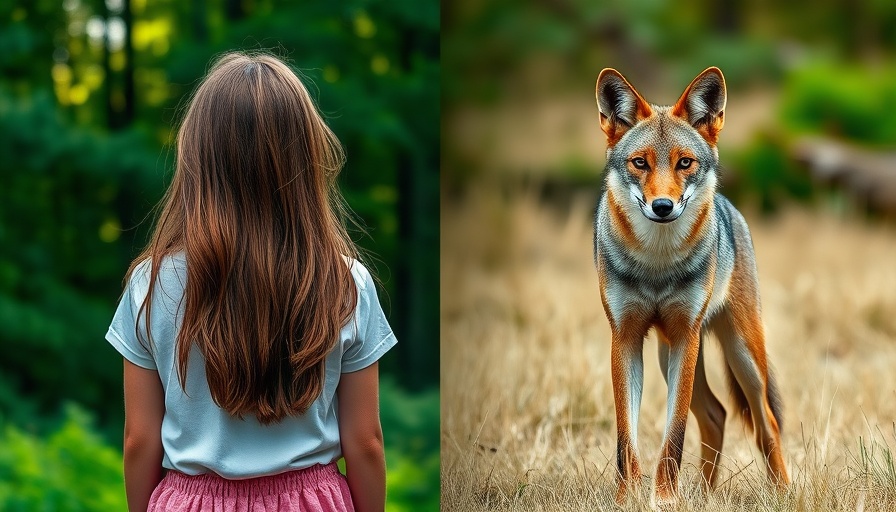
Sharp Rise in Coyote Attacks Prompts Alarm in Washington Communities
Recent incidents involving coyote attacks in Washington state have raised alarming concerns among residents, particularly in Bellevue and surrounding neighborhoods. Most notably, a report surfaced of a four-year-old girl who was dragged just inches from her family’s door by a coyote, an event that highlights the growing tension between urban life and wildlife encroachment.
The Coyote Attack Incident: What Happened?
The tragic incident involving the young girl took place in her own backyard, where the coyote bit her, pulling her mere inches from the safety of her home. Thankfully, she was rescued quickly by her family, but this event underscores a worrying trend: wildlife is increasingly invading suburban spaces.
A Series of Alarming Encounters
Before this incident, at least five coyote attacks occurred in the Bellevue area within a single week, reported by news outlets including KOMO and KING 5. These attacks varied in severity, with one coyote biting a man on the leg while he was in his garage, and another coyote seizing a child’s backpack near a school. As the Washington Department of Fish and Wildlife (WDFW) noted, the same two coyotes are suspected to be behind all these incidents. One has been euthanized, but the hunt for the second is ongoing.
Factors Contributing to Increased Coyote Interactions
Experts suggest that urban developments and increasing food sources in suburban environments are leading to heightened coyote activity. The rising number of pets and inadequate waste management can inadvertently attract these wild animals. Additionally, as natural habitats shrink due to human expansion, coyotes are forced to venture closer to human populations in search of food.
Precautions Residents Can Take
With these disturbing incidents in mind, residents are urged to take precautions to minimize encounters with coyotes. The WDFW recommends keeping pets leashed, avoiding outdoor activities at dawn or dusk when coyotes are most active, and never leaving small children unattended. It is also vital to secure trash bins and avoid leaving food outdoors that might entice wildlife.
Community Response and Safety Measures
As communities grow increasingly alarmed, local authorities are stepping up their game with enhanced patrols and public advisories. Families are being provided with information on how to report sightings and encounters with coyotes. Moreover, educational programs focusing on wildlife safety are becoming more prevalent, helping to foster a cooperative relationship between human populations and wildlife.
The Future: What Does It Mean for Urban Wildlife?
The situation raises critical questions about the management of urban wildlife. As cities expand, it becomes imperative for residents to understand and coexist with local wildlife, striking a delicate balance that recognizes the place of both humans and animals in shared spaces. Proactive measures and educational outreach can bridge the gap and mitigate risks associated with wildlife interactions.
A Call to Action for Residents
As stories like these become more frequent, it’s essential for individuals to stay informed and vigilant. If you live in an area prone to wildlife encounters, engage with your community on this critical issue, share your experiences, and encourage discussions on effective safety practices.
With a thoughtful approach and increased awareness, we can collectively navigate the changing dynamics of our environments, ensuring the safety of both our communities and local wildlife.
 Add Element
Add Element  Add Row
Add Row 



Write A Comment